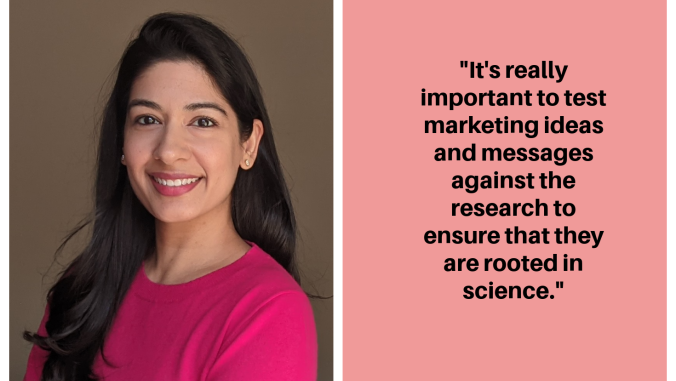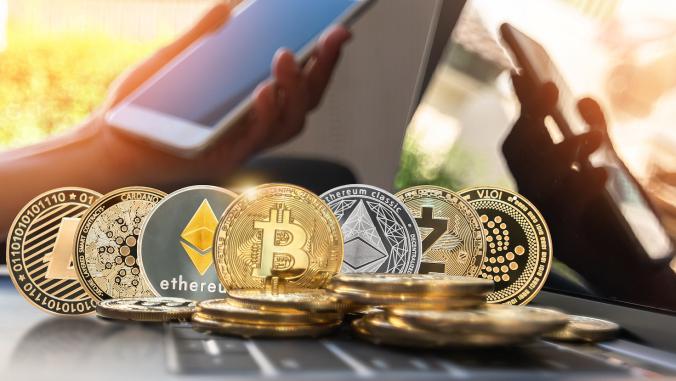RMI’s formula for clearing human hurdles to a green economy
<p>When happens when the biggest roadblocks to a sustainable future are organizational? </p>

It’s 2050. The roads are much less crowded, and engine growls have given way to bird song. The old zoning rules have been repealed and sprawl is no longer subsidized; developers now pay the full costs they impose on public infrastructure. Workers still go to the office a few days a week, but many work from home exclusively. Fueling stations dispense biofuels and hydrogen, complementing the ubiquitous smart-charging points for electric vehicles. Clean energy has replaced fossil fuels in quantities sufficient to power society as we know it.
Such is the future described in Reinventing Fire, the Rocky Mountain Institute’s meticulously-researched manifesto on the new energy era. Introduced in 2011, the book posits a business-driven transition to a sustainable future. Led by scientist Amory Lovins (interviewed here by Joel Makower), RMI’s team of researchers weaves a fabric of futuristic, yet commercially viable technologies in buildings, electricity, industry, and transportation to “reinvent fire.”
Laying out a formula for sustainable growth, the authors predict that in 2050, “Oil is rapidly becoming like whale oil after electric lights – a curiosity hardly worth selling.” Greater national security and fewer traffic deaths are side benefits of an American economy expected to be 2.6 times the size of today's – all with one-third less natural gas, no oil, coal or nuclear energy, and at a $5 trillion lower net-present-value cost than business as usual. The vision is so universally attractive that we wonder what could possibly stand in our way to getting there.
People, naturally. “Non-technical” hurdles may be our most significant roadblocks to a clean energy future. Reinventing Fire identifies nine dominant barriers, most of which can be described as “human-related” -- that is, due to lack of incentives, leadership, and vision:
- Active or passive resistance by incumbents. Most organizations have an energy-using and -generating asset base dependent on fossil fuels. Moving away from it looks risky and costly.
- Economics and technology. Economic and technology barriers are shrinking as high-value efficiency and renewable solutions are brought to market, but hurdles persist in some sectors.
- Knowledge and culture. Energy is not a priority for most organizations, so many lack the knowledge, willingness or capabilities to move away from fossil fuels.
- Financing. Energy investments, often with sizable initial and relatively long paybacks, vie with others nearer a company’s core priorities.
- Value chain complexity. Energy investments often link multiple parties across long value chains, with sometimes misaligned incentives, routing costs and benefits to different parties.
- Unclear value proposition. Energy is energy, clean or not, so selling efficiency and renewables to undiscriminating customers can be hard.
- Lack of long-term leadership. Changing the energy strategy of a company, state or nation requires planning and stewardship over decades – a far longer time period than profit or election horizons.
- Policy and regulatory structures. Some existing policies and regulatory structures impede energy transformation, so they must be changed or replaced to enable and accelerate it.
- Entanglement with partisan politics. Politicians apparently can’t resist the temptation to hold short-term tax policies hostage to other issues, even if the result severely damages some of America’s most vibrant and fast-growing high-tech industries.
Six Levers for Sustainable Transformation
Enacting this “business-driven” solution may be possible without an act of Congress, but will nevertheless require tremendous industrial, commercial, civic and individual cooperation focusing on six critical levers:
1. Transforming the auto industry
2. Dramatically shortening the distances traveled by auto and hauling trucks
3. Building efficient buildings and retrofitting existing ones on a tremendous scale
4. Accelerating energy savings and cogeneration in industry
5. Slashing the cost of renewable energy
6. Revamping utilities’ rules and operating models
Reinventing Fire runs a gamut of ways to get involved, but maintaining the status quo is not among them. Four out of six chapters close with specific recommendations for key actors in each sector, with options labeled “No Regrets,” “Opportunistic” and “Innovative.” Electricity customers, for example, can go the “no regrets” route by taking personal responsibility for usage and participating in existing programs. They could be “opportunistic” by readying their homes and buildings for smart grid and demand response, or go “innovative” by advocating for the ability to net-meter fairly or install their own efficiency and renewables.
Concrete changes in transportation, buildings, electricity and industry can’t happen without leaders casting a broad vision for constituencies across America. Altogether, there are nearly 200 synergistic actions that could be taken by a cross-section of society that includes:
- building owners, investors, and users
- commercial business owners
- electricity customers
- fuel providers
- fleet and private vehicle owners and operators
- government and NGOs
- plant owners and managers
- regulators
- utilities, service providers, and product suppliers
- vehicle makers and suppliers
The depth and breadth of engagement that will be necessary is daunting, but possible. Business can view the choices as obstacles or opportunities. Meaningful advocacy and public education can, in fact, become a communications strategy to bolster brand recognition, loyalty and visibility. Here in Dallas, for example, TXU installed two public charging stations in front of City Hall. The EV chargers are not only symbolic, but also convenient for a community built around cars, ensuring that the gesture facilitates cultural change (not merely good PR).
Organizations not directly involved in the four sectors can exercise influence by hosting events to raise awareness. The Dallas Institute of Humanities and Culture recently hosted 120 business and community leaders for a keynote presentation and panel discussion on Reinventing Fire. (Click here for my post-event video interview of RMI CEO Michael Potts.) Such high-level, targeted conferences provide a unique forum where local policy makers and interested citizens can mix with clean tech pioneers – an essential ingredient for fomenting the sorts of relationships that will move communities in the right direction.
Companies that are willing to help carry the conversation can bolster their brands and their bottom lines as a conservation-oriented culture takes root. Rather than staying quiet, relaying relevant and compelling sustainability messages can raise the company profile amidst forward-looking citizens -- the very people we all want as customers and investors. Watch this space for more on how to profit from internal and external sustainability communications strategies that underscore Reinventing Fire objectives.
Image of Businessman repairing a broken bridge by olly via Shuttertock.





